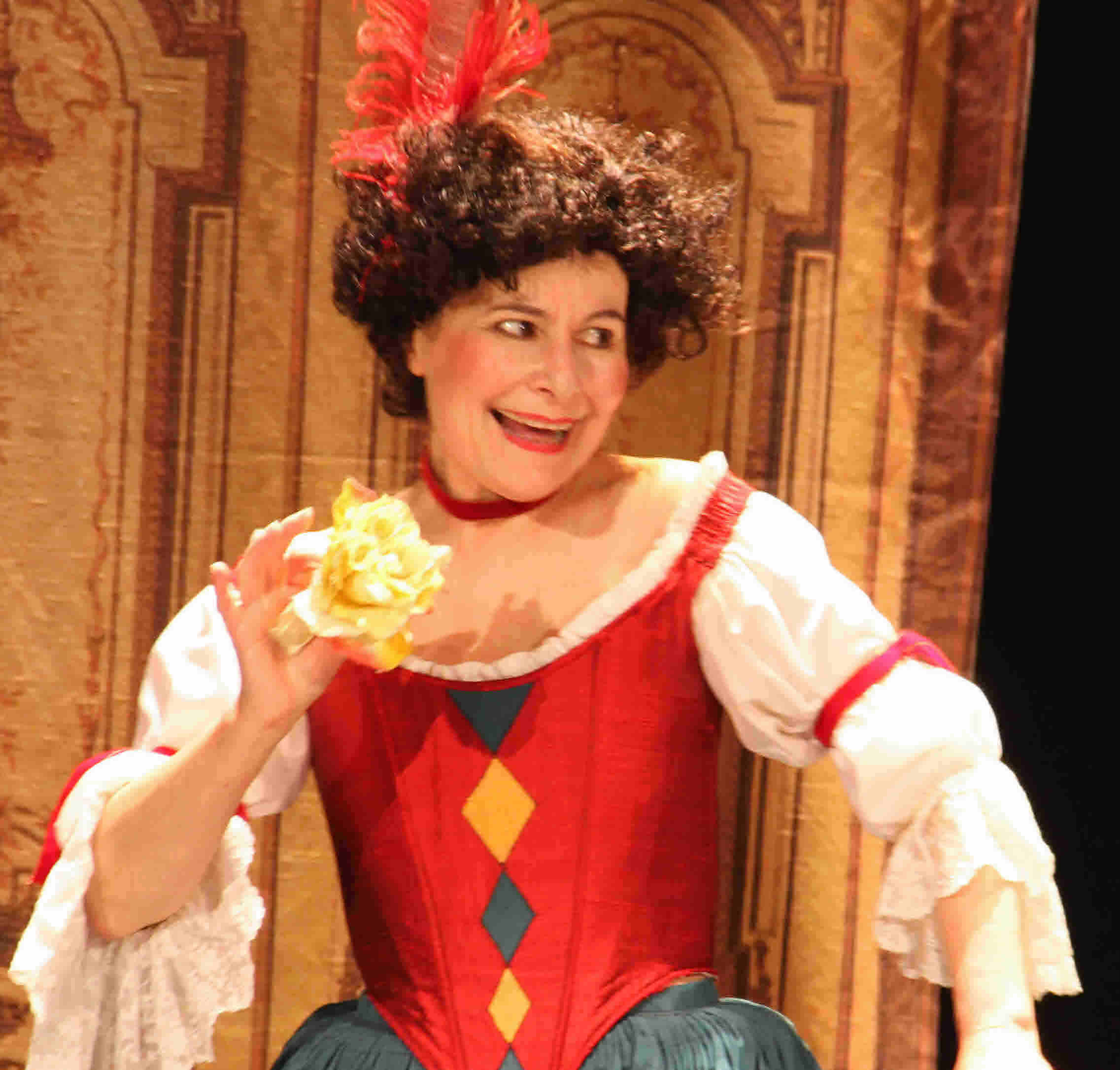
ALL DAY: 11:00 am - 5:00 pm Barbara teaches the Baroque repertoire and complex country dances with baroque steps. Occasional performances at historic venues are on offer, but no partner or costume is required.

ALL DAY: 11:00 am - 5:00 pm Barbara teaches the Baroque repertoire and complex country dances with baroque steps. Occasional performances at historic venues are on offer, but no partner or costume is required.

Saturday and Sunday 30-31 March, 2013. In her annual Easter course, Barbara teaches notated dances from the Baroque repertoire.
Occasional performances at historic venues are on offer, but no partner or costume is required.
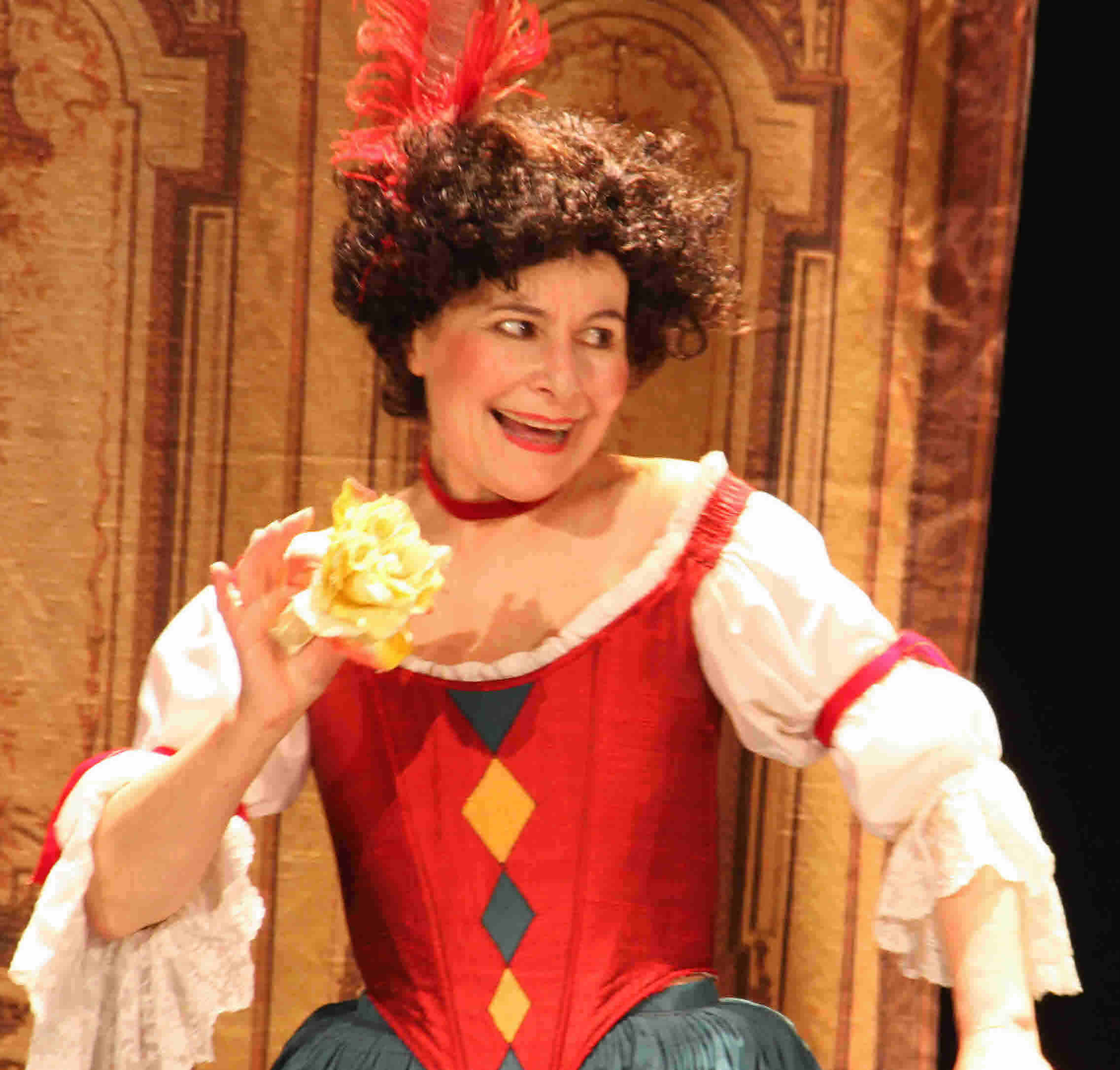
3:00 pm - 5:30 pm
The class begins with a lively warm-up and moves on to steps and patterns designed for the abilities of Barbara's students. English Country Dances with baroque steps are included and opportunities are offered to move on to a more advanced level as you learn.
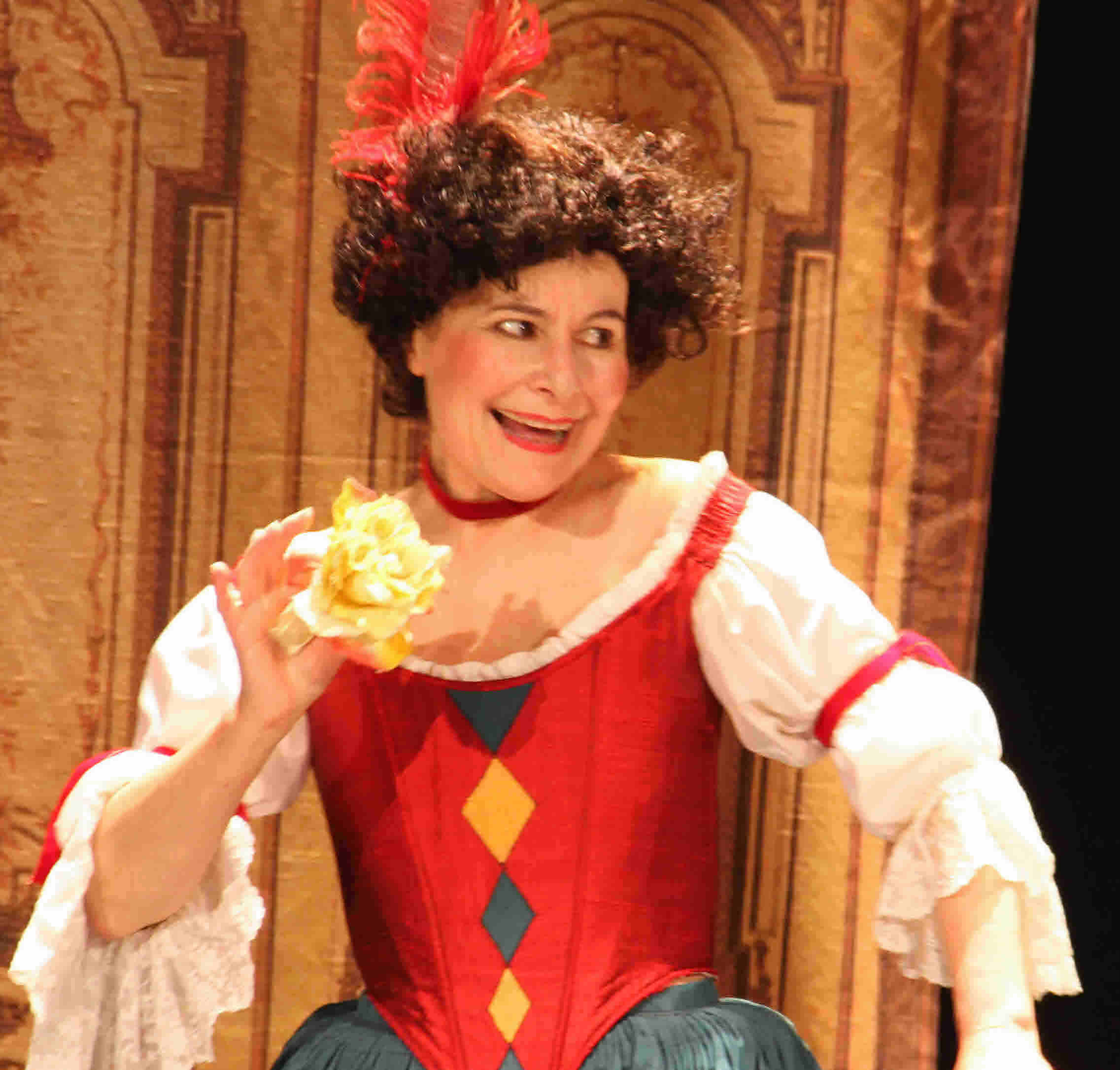
3:00 pm - 5:30 pm
The class begins with a lively warm-up and moves on to steps and patterns designed for the abilities of Barbara's students. English Country Dances with baroque steps are included and opportunities are offered to move on to a more advanced level as you learn.
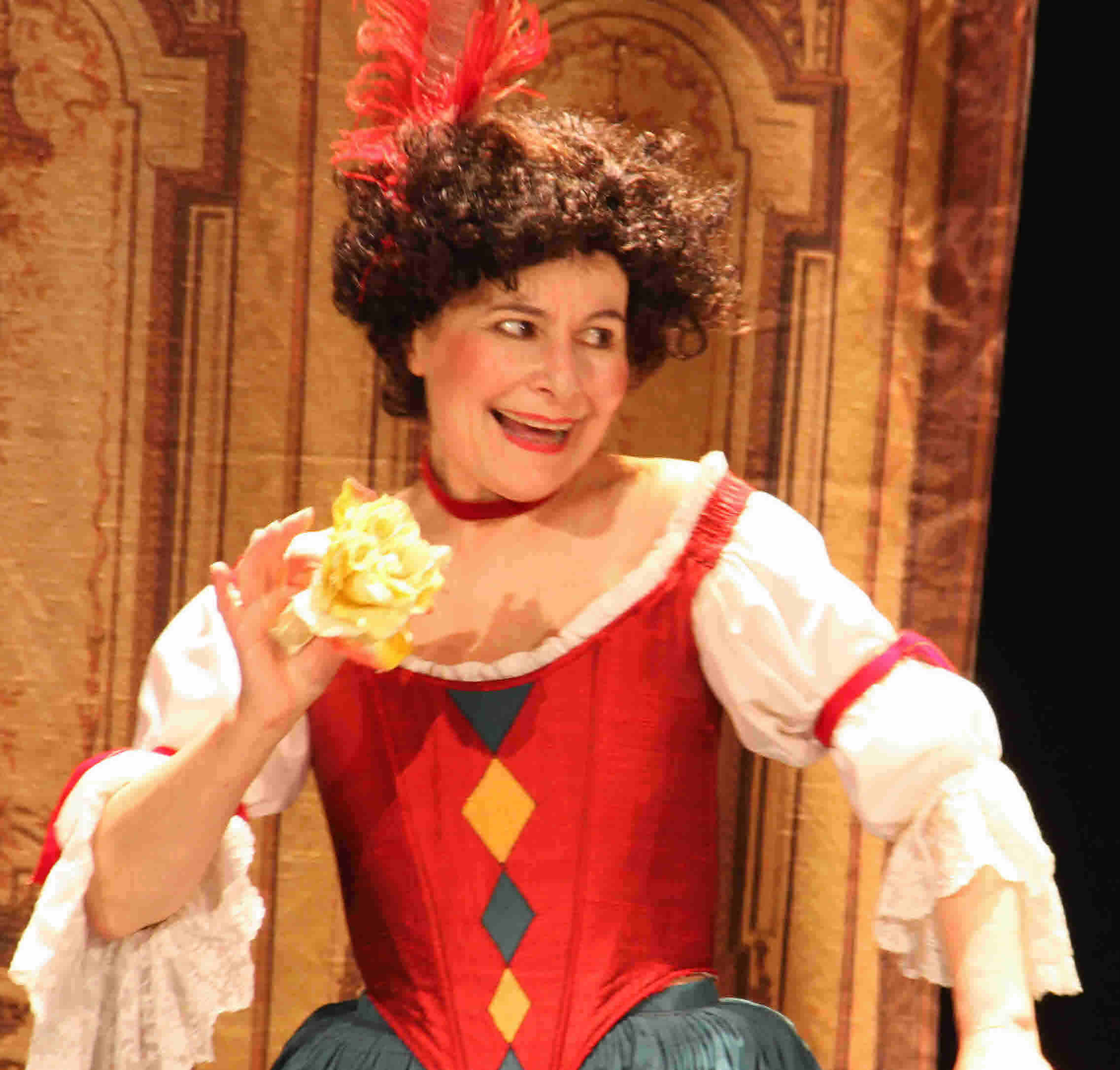
3:00 pm -5:30 pm
The class begins with a lively warm-up and moves on to steps and patterns suited to the abilities of Barbara's students. English Country dances with baroque steps are included. Opportunities are offered to move on to a more advanced level as you learn.
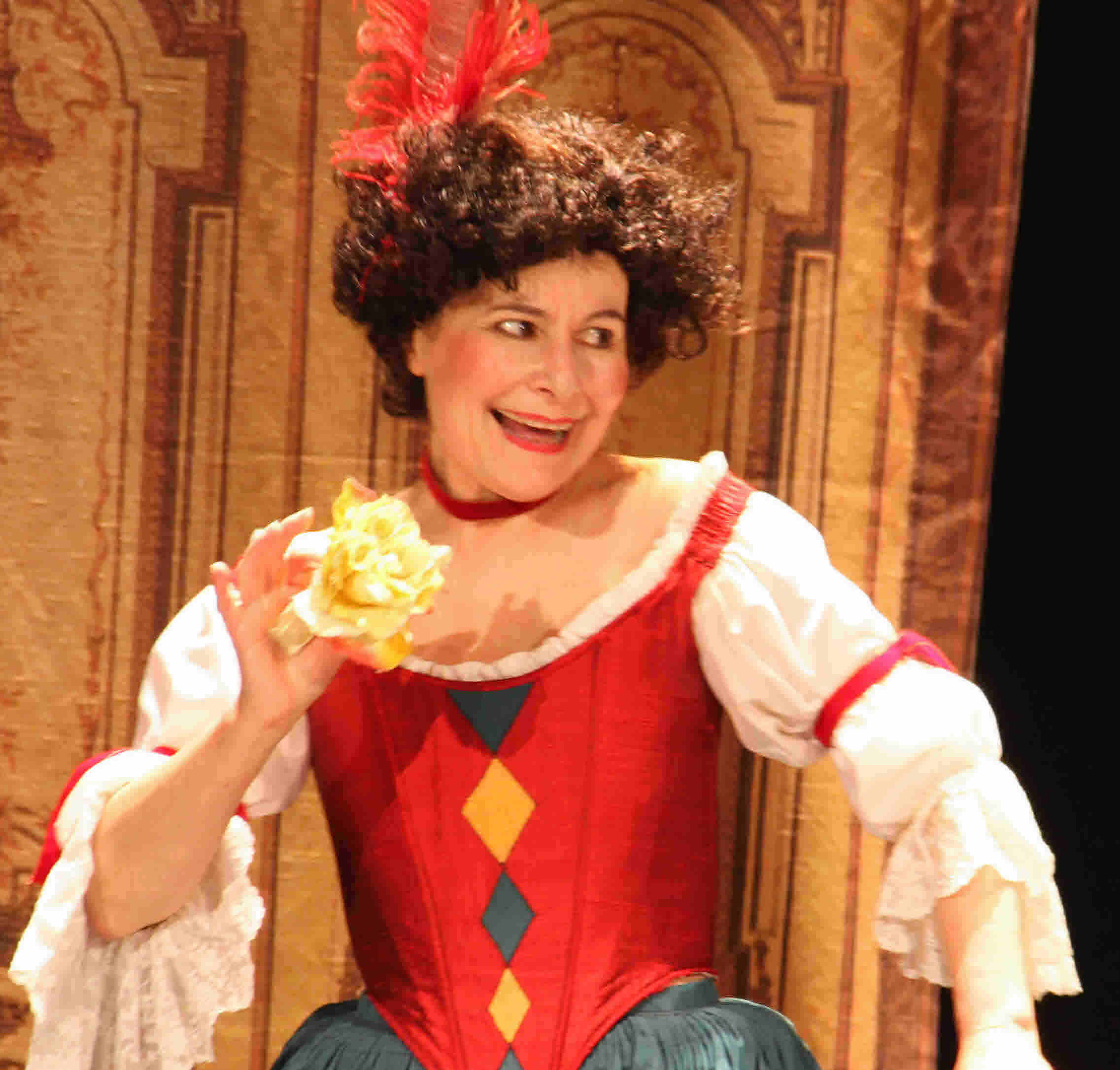
3:00 pm - 5:30 pm
The class begins with a lively warm-up and moves on to steps and patterns designed for the abilities of Barbara's students. English Country Dances with baroque steps are included and opportunities are offered to move on to a more advanced level as you learn.

This conference will be of interest to dancers and historical dance researchers, and also to historians, musicians and drama students.
A varied programme of papers, performances and workshops will explore some of the ways our European dance heritage intersects with social life, across centuries and nations.
See www.earlydancecircle.co.uk for more details.
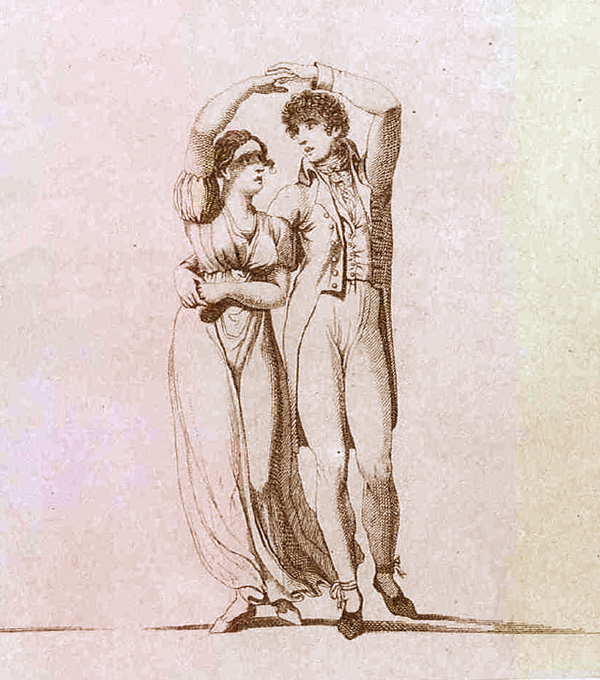
Im späten 18. Jahrhundert wurde der Ländler mit seinen einfachen Schritten und anmutigen, abwechslungsreichen Armführungen zu einem Favoriten der tanzbegeisterten Gesellschaft. Den Höhepunkt seiner Beliebtheit erreichte dieser Tanz im Wiener Biedermeier, wozu Franz Schubert mit seinen schönen Ländlerkompositionen maßgeblich beitrug. Daher wollen wir in diesem Kurs auch zu seiner Musik tanzen.
Figuren wie das "Fenster", die "Wellen" und der "Sturz" sind gar nicht schwer zu erlernen, bereiten aber Tänzern und Zuschauern gleichermaßen Vergnügen!
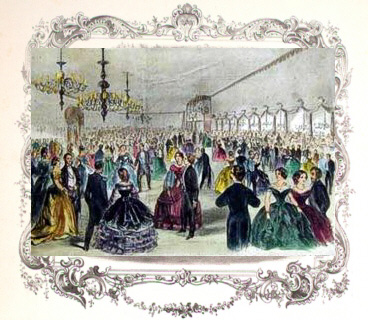
Quadrille “Le Prince Impérial“ (Paris, 1859) und “La Gigue Française de Salons“ (Paris, 1885)
Der historische Hintergrund